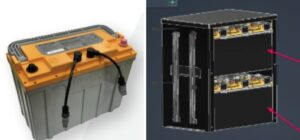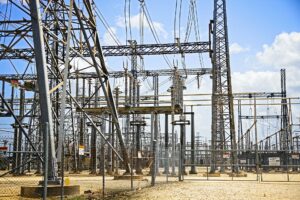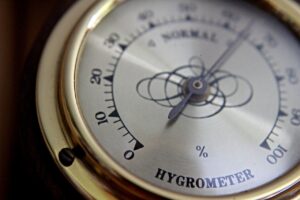Metrology Glossary: Ambient Conditions
What Are Ambient Conditions?
Ambient conditions refer to the surrounding environmental factors of a system or object. These factors include temperature, humidity, air pressure, light intensity, noise amplitude, and vibration magnitude. Acknowledging ambient conditions becomes vital during system initiation or evaluation, as they exert a substantial impact on system performance. For instance, a system optimized for operation in lower temperatures might experience diminished efficiency in higher temperature settings. Understanding and accommodating ambient conditions enable engineers and designers to fine-tune systems for optimal functionality across diverse contexts, ensuring robustness and reliability regardless of fluctuating environmental influences.
Why Are Ambient Conditions Important?
Ambient conditions are important to be aware of for many industries. In engineering, ambient conditions are pivotal across various applications. In system design and optimization, engineers tailor systems to function optimally within specific ambient condition ranges, ensuring peak performance, reliability, and safety. Testing and evaluation involves subjecting systems to simulated ambient conditions to identify weaknesses and validate real-world performance. Engineers also utilize ambient conditions for predictive maintenance, monitoring their impact on system performance to foresee potential failures and proactively prevent downtime. In manufacturing, precise control of ambient conditions is vital for process control, ensuring product quality by managing temperature and humidity. Material selection, considering ambient conditions, prevents premature product degradation. In environmental science, studying changes in climate aids in understanding climate change impacts. For pollution control, monitoring air quality, including ambient conditions, is crucial. Ecological studies benefit from comprehending how organisms respond to changes in ambient conditions. Beyond engineering and science, agriculture adjusts practices based on ambient conditions, while construction integrates them into project planning for safety and quality.
Related Terms
Products and Services
Further Reading











